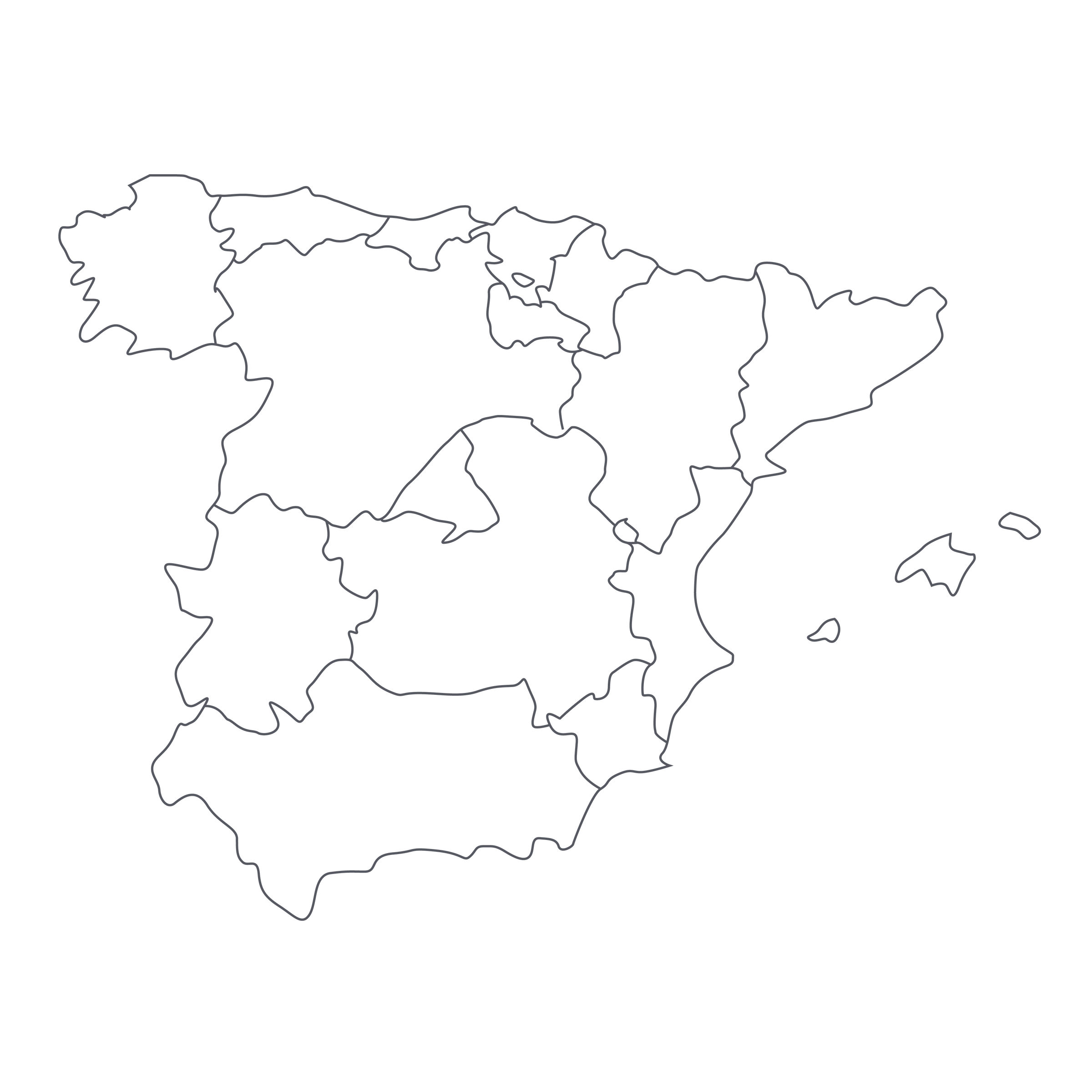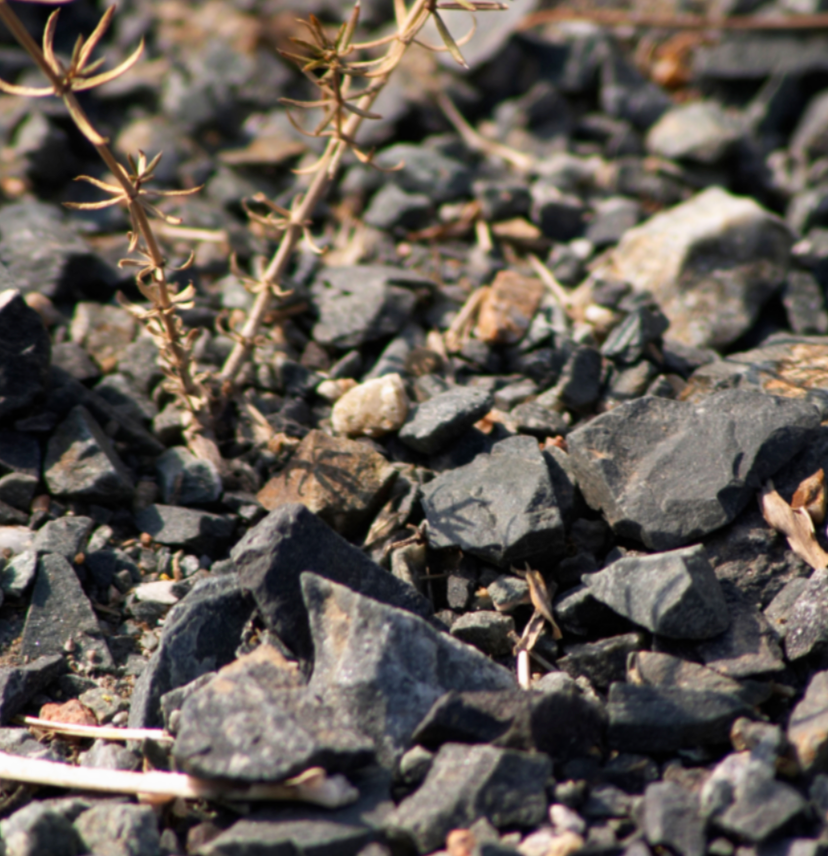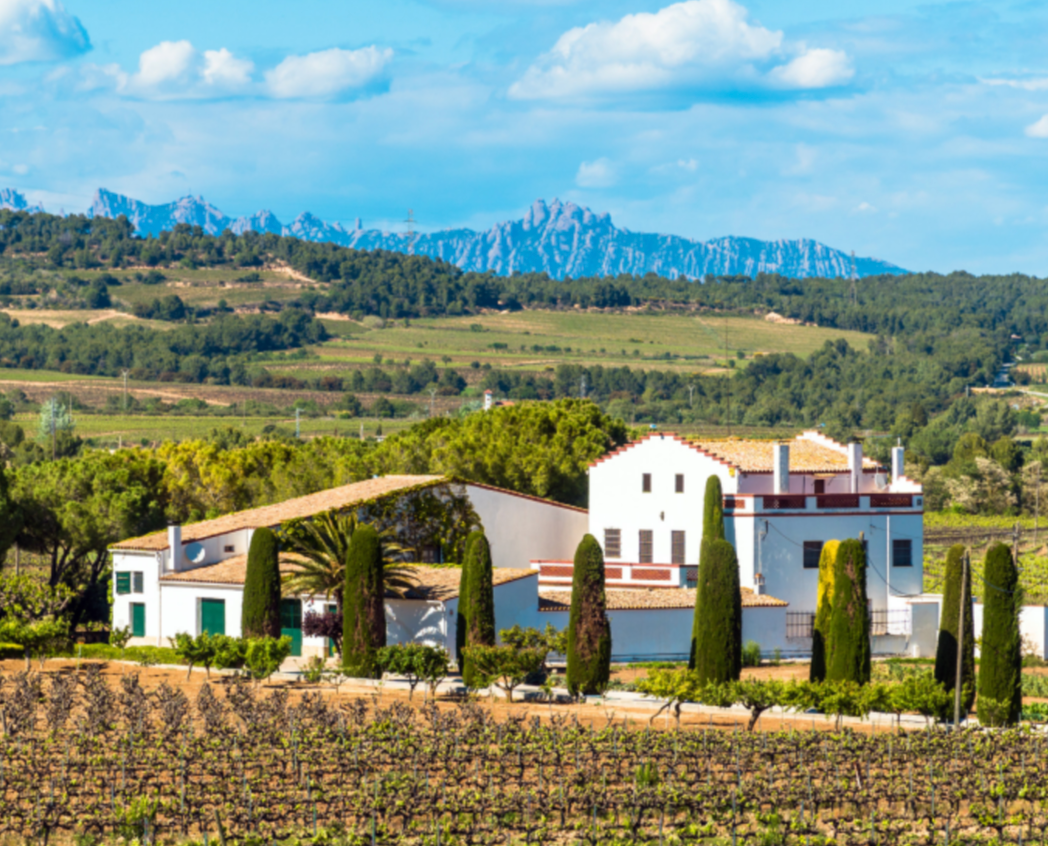The old model for reviving a neglected wine region goes something like this: Producers “modernize” by investing in new equipment, especially new oak barrels for aging; plant international varieties alongside their native grapes, hoping the former help draw attention to the latter; maybe hire a consulting enologist to ensure the wines tally high scores from the critics. Lots of good wines came out of that, but I prefer the new model, as embodied by Bierzo upstarts José Antonio Garcia and his wife, Julia Peña Garcia.
They’re restoring heirloom Mencía vineyards by hand, yanking out wild ivy and rebuilding terraces stone by stone. Their wines, especially “Aires de Vendimia,” follow the most natural, un-manipulated path to the bottle possible. Today’s 2016, sourced from 80- to 100+-year-old vines passed down through José and Julia’s families, has a different kind of impact than the one you might expect: It’s not about flash, or density, it’s about persistence and pride of place. Having apprenticed with superstar Bierzo native Raúl Pérez—whose name seems to be attached to every important wine coming out of northwest Spain—José Antonio is part of a new generation of vintners whose wines are exciting not because they’re “new” but because they so faithfully respect tradition. Want to taste one of wine’s next big things? Taste this!
Bierzo, and its Mencía grape, are having a moment. Like a lot of producers in the area, José Antonio Garcia is part of a young generation of vintners who’ve “returned home” to make wine in a place that had been largely abandoned. As elsewhere in Europe, locals left the countryside in droves in the ’60s and ’70s to find work in Spain’s larger cities, a trend which continued for generations: José Antonio spent many years in Barcelona, learning wine while working in the restaurant trade, then moved on to enology school before catching on with fellow Bierzo native Raúl Pérez; both men are natives of Valtuille de Abajo, a village in the heart of the Bierzo DO, which sits right where Spain’s Castilla y León region gives way to Galicia. Like Pérez, both José Antonio and Julia had access to family vineyard plots going back generations, but, as I mentioned above, there was a lot of work to be done. Their first commercial vintage was 2011, and to their considerable credit, the wines have rapidly become some of the most critically acclaimed, sought-after bottlings in northwest Spain.
As with the Galician wine zones, Bierzo feels cool and wet currents from the Atlantic Ocean to the west, but as you move eastward, to lower altitudes closer to the Sil River, the influence of the warmer, drier plains to the east can be felt. At higher elevations (often 1,000+ meters) the Bierzo soils are a mix of slate and granite, transitioning to more “alluvial” material—sand, silt, and clay—in the lower-lying areas. Valtuille is indeed part of the latter “Bierzo Bajo,” although, at around 600 meters’ elevation in its own right, there’s nothing especially bajo about it.
Overall, the Garcias have 22 hectares of vines spread across a variety of vineyard parcels, which they plan to vinify individually at some point as their label evolves. I often compare Mencía from Bierzo to Syrah from Côte-Rôtie, and while today’s 2016 exhibits some of the smoky, meaty qualities of Northern Rhône Syrah, there are stylistic nods to Burgundian Pinot Noir and Cru Beaujolais as well. Fruit for “Aires de Vendimia” is organically farmed, hand-harvested, and, notably, not completely de-stemmed before fermentation in open-topped wooden vats. Only the ambient yeasts that arrive with the grapes are used to initiate fermentation, and there are no pumps in the winery—everything is done by gravity, including “racking” (transferring) of the finished wines to used French oak barrels. This is a “minimal intervention” wine that wears its natural credentials proudly, with not a flaw to be found.
In the glass, the 2016 “Aires de Vendimia” shows Mencía’s deep purple-ruby cast, throwing off complex aromas of black cherry, red currant, pomegranate, red and purple flowers, wild herbs, graphite, black pepper, mocha, and underbrush. Medium-bodied but leaning toward medium-plus, it has fine, tight-grained tannins and lots of freshness driving a floral, spicy finish. Côte-Rôtie, Gevrey-Chambertin, Morgon…what to compare it to, exactly? It doesn’t matter: Let this wine have its moment and consider laying some down for further evolution over the next 5-7 years. Decant it 30-45 minutes before serving in Burgundy stems at 60-65 degrees and you’ll be just as impressed as we were—this is really a “next-level” expression of an appellation that gains more prominence with each new vintage. Try it with the marinated beef brisket in the attached recipe and prepare to be blown away. This is a serious bottle of wine!





